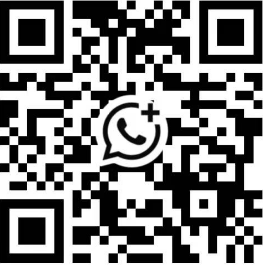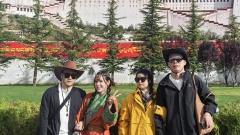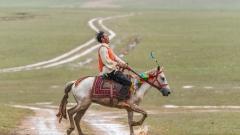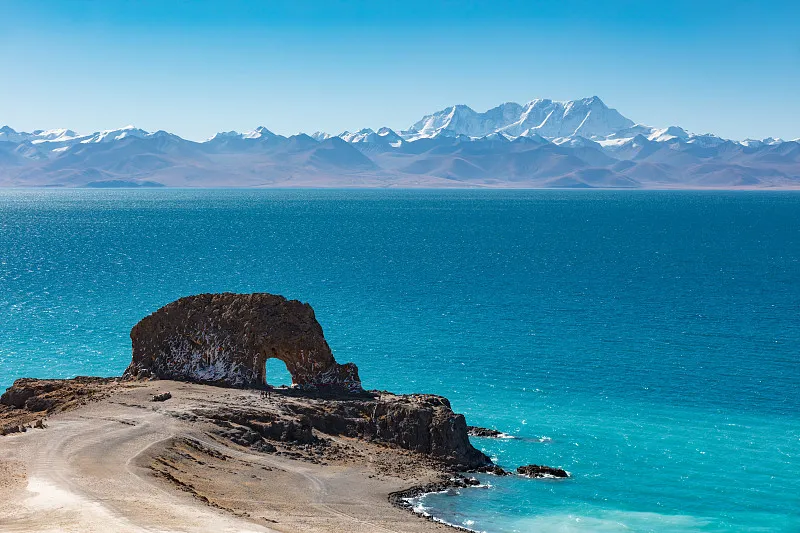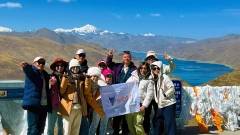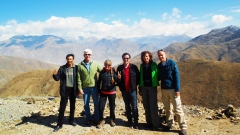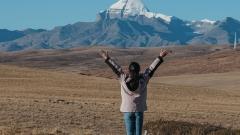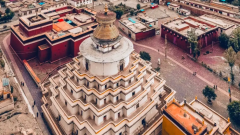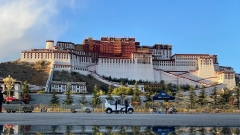Planning a trip to Tibet this summer? While the scenery is breathtaking and the experience is unforgettable, first-time travelers often make avoidable mistakes. Here’s your ultimate guide to traveling smart and staying safe in Tibet during the summer holidays.
1. Don’t Underestimate the Weather
Although it’s summer, Tibet’s weather can still be unpredictable. Daytime can be warm under the strong sun, but temperatures drop significantly at night—especially in higher-altitude areas like Namtso or Everest Base Camp.
What to do:
-
Pack layered clothing: T-shirts, fleece jackets, and a warm down jacket.
-
Bring a hat and gloves for cold mornings and evenings.
-
Waterproof clothing is useful during the July–August rainy season.
2. Be Aware of Altitude Sickness
Altitude sickness (high-altitude reaction) is the most common issue for newcomers. Rushing into high-altitude areas too quickly can ruin your trip—or worse, cause serious health issues.
What to do:
-
Spend the first few days in Lhasa (3,650m) to acclimate.
-
Avoid strenuous activity for the first 1–2 days.
-
Don’t shower immediately upon arrival—this can increase the risk of catching cold.
-
Stay hydrated and avoid alcohol.
-
Carry altitude sickness medicine like Diamox or Rhodiola (Hong Jing Tian).
3. Not All Places Are Suitable for First-Time Visitors
Many travelers rush to iconic spots like Everest Base Camp or Namtso Lake. However, these destinations are above 4,700 meters and not suitable right after arriving in Tibet.
What to do:
-
Start with lower-altitude areas like Lhasa and Nyingchi (around 3,000m).
-
Leave Everest or Namtso for the second half of your trip once you’ve adapted.
4. Respect Local Customs and Taboos
Tibet is deeply spiritual, and many customs may be unfamiliar to outsiders.
What to avoid:
-
Don’t touch people’s heads, especially children.
-
Don’t point at temples or sacred objects with your finger—use an open palm.
-
Always ask before taking photos of locals.
-
Don’t step on or cross prayer flags and Mani stones.
5. Prepare for Limited Internet and Mobile Signal
Remote areas in Tibet often have poor signal or no internet at all.
What to do:
-
Download offline maps and translations in advance.
-
Bring some cash in case mobile payment doesn’t work.
-
Tell family and friends you may be out of reach for a few days.
6. Important Travel Documents and Permits
Foreign travelers (including visitors from Taiwan, Hong Kong, and Macau) cannot travel to Tibet independently and must apply for a Tibet Travel Permit through a registered local travel agency.
What to do:
-
Book through an official Tibet travel agency early (at least 30–45 days in advance).
-
Prepare your passport and visa copies.
-
For border areas (like Everest), a Border Pass is also required.
7. Don’t Book Transport or Hotels Randomly
During the summer peak season (July–August), tickets and hotel rooms can be sold out or overpriced.
What to do:
-
Book trains/flights and hotels at least 3–4 weeks ahead.
-
Join a group tour to save costs and ensure permits and transport are arranged.
Bonus Packing Tips
-
Sunglasses and sunscreen (UV is very strong)
-
Lip balm and moisturizer (air is dry)
-
Portable charger and backup power bank
-
Toilet paper and wet wipes for long drives
-
Snacks for the road
Classic route recommendation
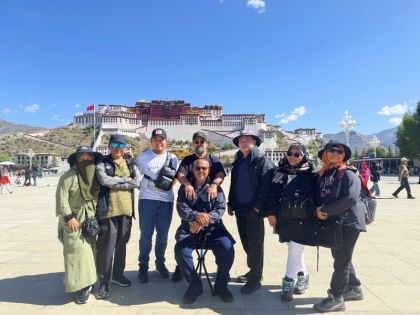
8-Day Classic Tibet Tour: Lhasa, Everest, Namtso & More $ 965
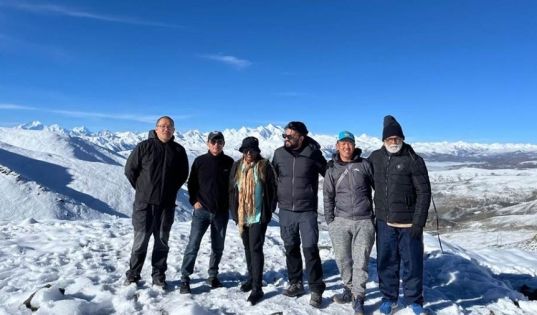
10-Day Flight-and-Train Deluxe Tibet Tour: Lhasa, Everest, Namtso & More $ 1464
Final Thoughts
Tibet is magical in summer—think lush grasslands, clear skies, and holy lakes. But it’s not your typical destination. With the right preparation, you’ll avoid common travel mistakes and enjoy every moment of your highland adventure.
Looking to book a safe and well-organized Tibet tour this summer?
Contact us at China Dragon Travel — we’re here to make your trip worry-free and unforgettable.


